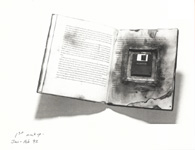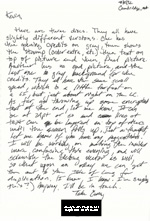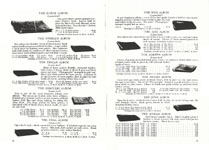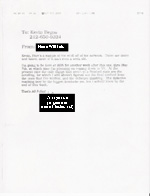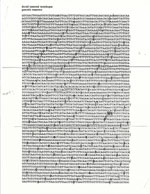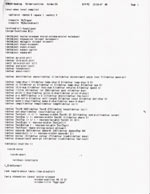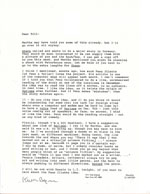Markoff, John. “A Public Battle Over Secret Codes.”
New York Times 7 May 1992: D1.
When this article by the well-known Times writer on the cyber-beat appeared, the programmer of the encryption code on Agrippa‘s diskette faxed it along with a letter to Agrippa‘s publisher. “I think it explains why [John Perry] Barlow has said that a fuss is being made over the encryption of this thing [Agrippa],” the programmer’s letter comments. (more…)

